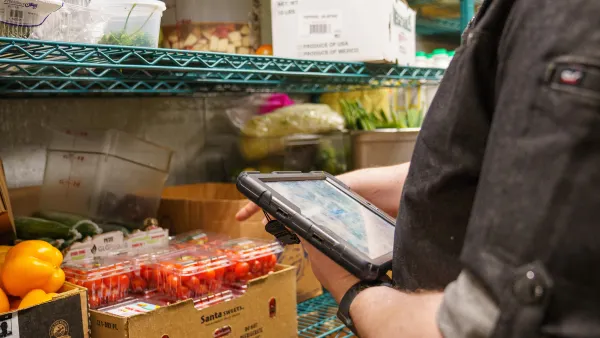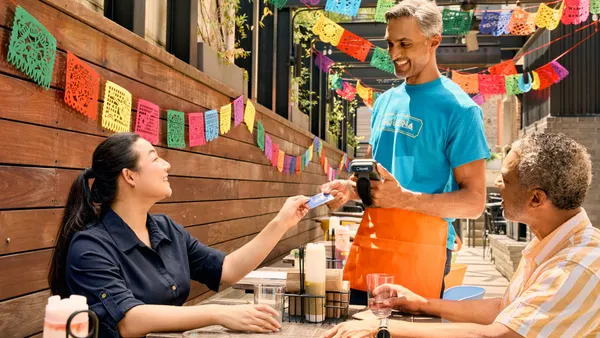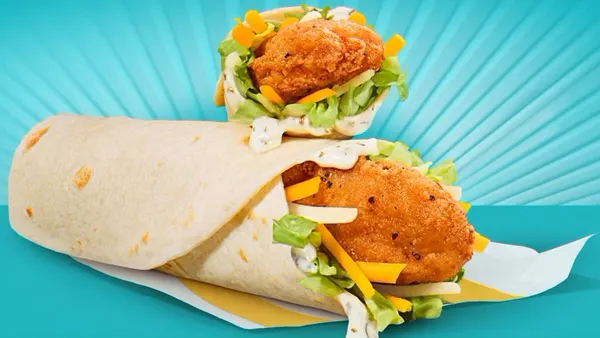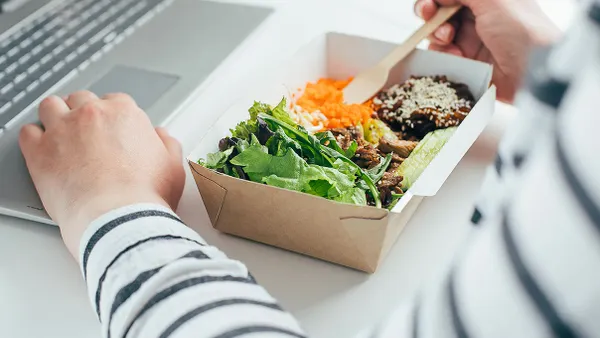Dive Brief:
- Sweetgreen will open a pilot drive-thru restaurant in Highlands Ranch, Colorado, during the winter of 2021, according to CNBC. The location will also allow diners to order from dedicated parking spots with intercom boxes under solar-paneled patio coverings. Customers who want to eat on-premise can also dine in an outdoor patio area.
- Chief Concept Officer Nic Jammet told CNBC the fast casual chain has been considering launching drive-thru lanes for years, but the pandemic accelerated the chain's development plans. The model also supports Sweetgreen's push into suburban markets, a departure from its earlier urban-focused expansion strategy.
- Sweetgreen joins a growing contingent of fast casual chains investing in drive-thru channels to capture more off-premise sales. Shake Shack also plans to open its first drive-thru "Shack Track" location next year, and Chipotle is "pivoting [its] entire portfolio" to its digital order drive-thrus, or Chipotlanes.
Dive Insight:
The fast casual category's adoption of drive-thru primes restaurants for a post-pandemic world, one that analysts predict will still be shaped by diner demand for convenient, contactless and digitally integrated dining experiences.
The strategy isn't surprising. QSRs have made major gains in 2020 thanks to their drive-thru channels, pushing legacy brands, including Taco Bell and Burger King, to create new store models centered around double drive-thrus, mobile pickup points and digital personalization. Drive-thru sales increased 26% industrywide during April, May and June, according to research by The NPD Group.
Drive-thru innovation by fast casual brands could put them in competition with nearby fast food chains. While they often have different diner bases because of menu prices, customers have been seeking variety during the pandemic. And Sweetgreen's customer base is already primed for off-premise engagement. More than 50% of the chain's transactions were digital orders pre-pandemic, and its digital business has grown more than 70% amid the COVID-19 crisis.
"A lot of our customers already have this behavior of using the Sweetgreen app to order ahead and come in ahead to pick it up," Jammet told CNBC.
The pivot toward suburban markets also makes sense for the chain, which has relied on lunch traffic from office workers in densely populated cities for years. The chain had previously focused its convenience-driven innovation in downtown areas, such as its 3.0 store in New York City. But with many of these city centers still empty or at least much quieter as employees work remotely amid social distancing guidelines, and with predictions that offices will never return to 100% capacity as businesses normalize online work, the change may be necessary to grow sales in the future.












